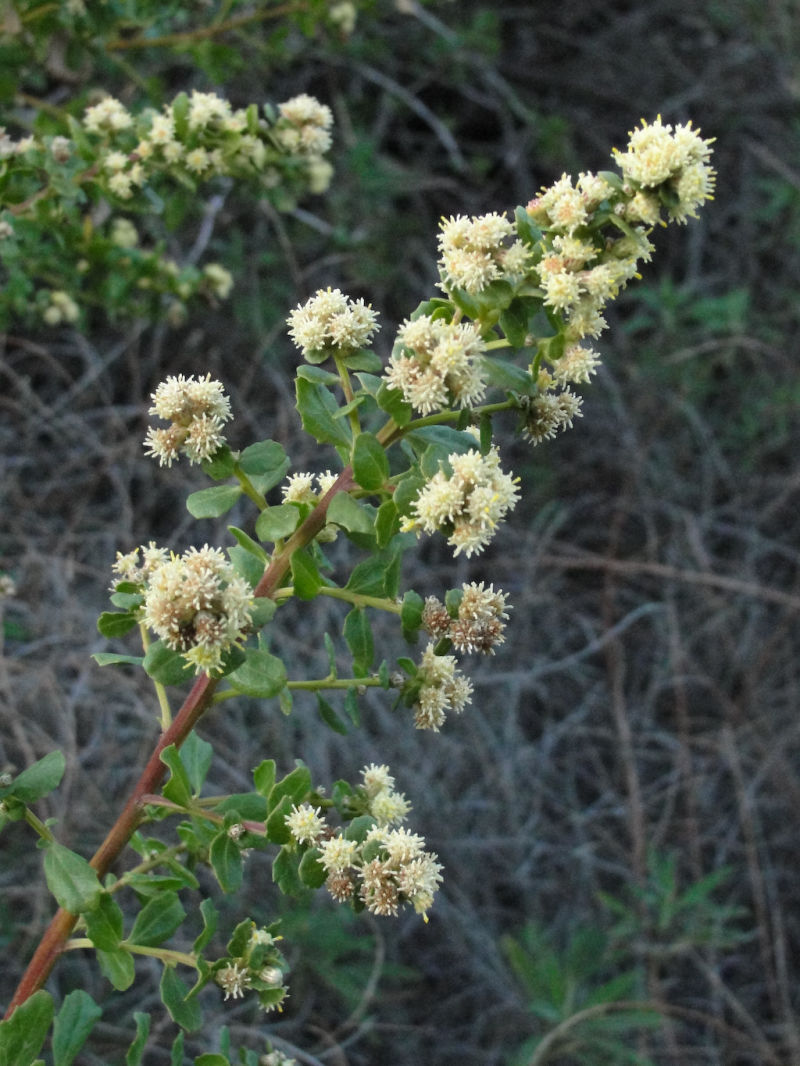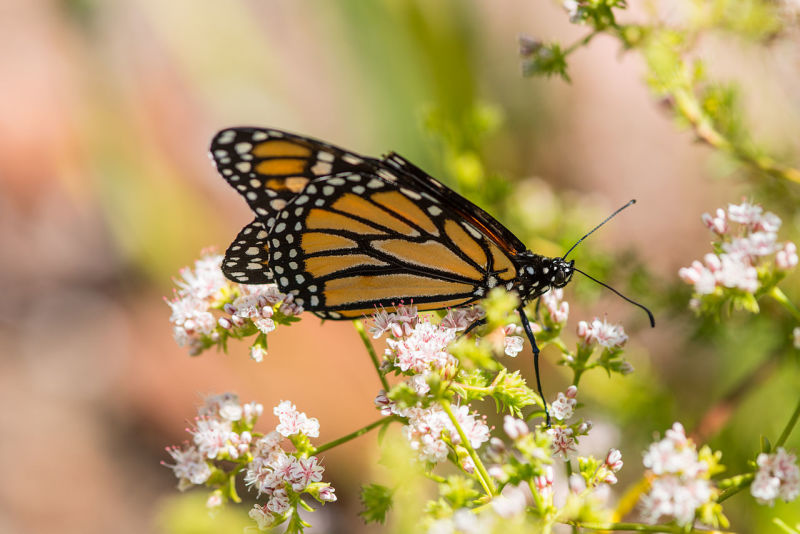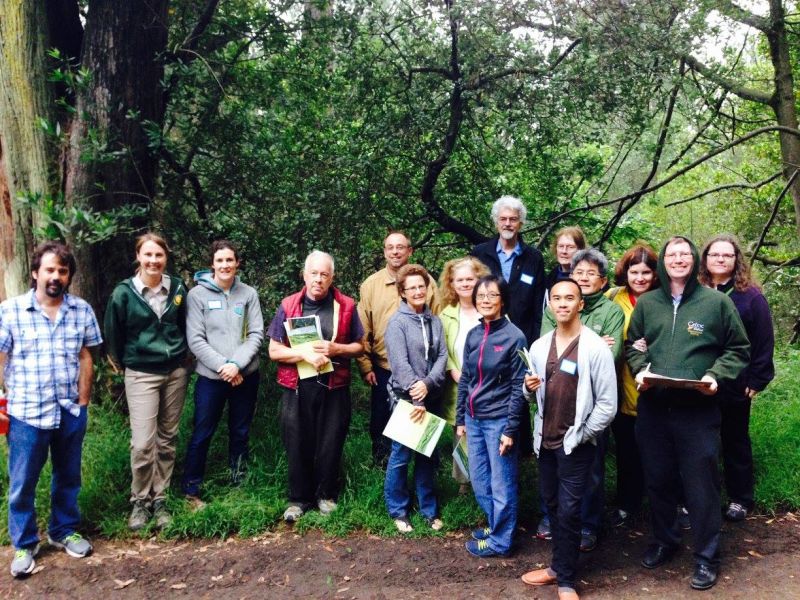High summer, with its brown hills and warm bay waters, beckons insects to blooming chaparral plants and songbirds to nest. It all runs according to a complex but precise natural clock. Or at least it’s supposed to.
Scientists are mobilizing platoons of volunteers to track the timing of all this, known as phenology — the study of seasonal events such as flowering and fruiting plants and the migration and reproduction of butterflies, birds, and other animals. Data about these seasonal phenomena will help scientists stay ahead of changes that may be coming with global climate change. As the USA National Phenology Network (USA-NPN) puts it, phenology is “taking the pulse of our planet.”
The changing climate can potentially create mismatches in the timing of plant blooms and presence of pollinators. That’s a concern, especially for migratory pollinators and those in northern latitudes with a narrower time frame for matching up.

Hummingbirds, for example, depend on certain flowers as way stations along their migration to northern nesting grounds. If the flowers weren’t blooming to support the intensive energy needs of the hummingbirds on their journey, it could spell disaster. Likewise, many of the crops that humans depend on for food and fiber can suffer if the proper pollinators aren’t in the neighborhood at the right time.
The California Phenology Project was launched in 2010 with support of from the National Park Service in partnership with USA-NPN at 19 sites across the state. They rolled out the project to test data-collection methods and mobilize a volunteer corps of citizen scientists.

